Tiny plastic particles called microplastics have quietly invaded our food supply, showing up in places you’d never expect. These microscopic fragments come from plastic pollution breaking down in our environment and can end up on our dinner plates.
Scientists are finding these particles in common foods we eat every day, from fresh fruits to processed snacks. Understanding which foods contain the most microplastics can help you make better choices for your family’s health.
1. Tea Bags
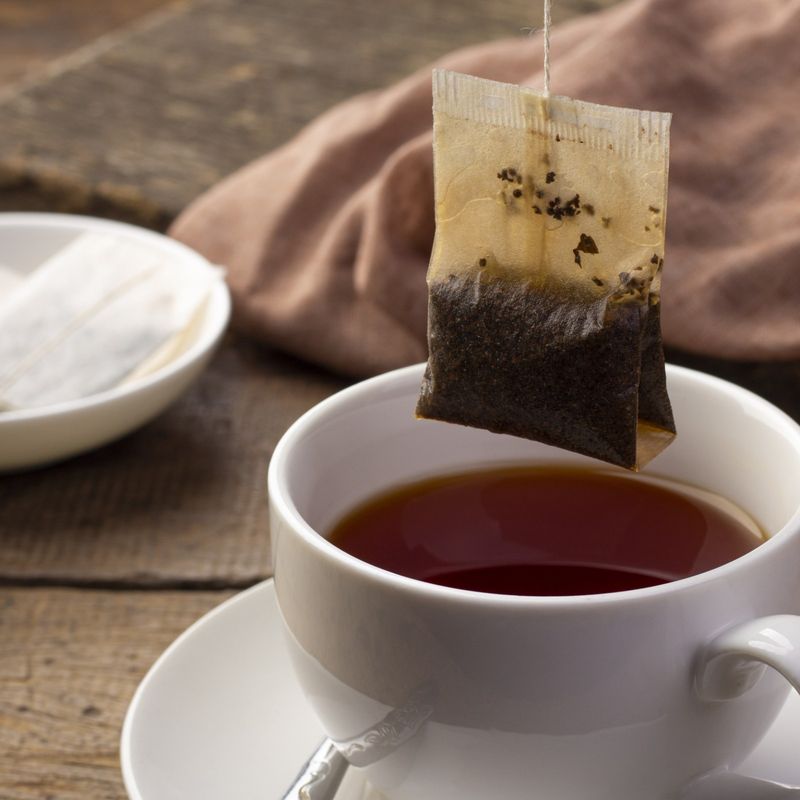
Your relaxing cup of tea might come with an unwelcome surprise. Many tea bags are made from plastic materials that release billions of microplastic particles when hot water hits them.
Scientists discovered that a single plastic tea bag can release over 10 billion microplastic particles into your drink. Paper tea bags are much safer options that won’t contaminate your beverage.
Loose-leaf tea remains the cleanest choice, giving you pure flavor without plastic contamination. Switch to metal tea infusers or paper bags to enjoy your daily tea ritual worry-free.
2. Plant-Based Nuggets
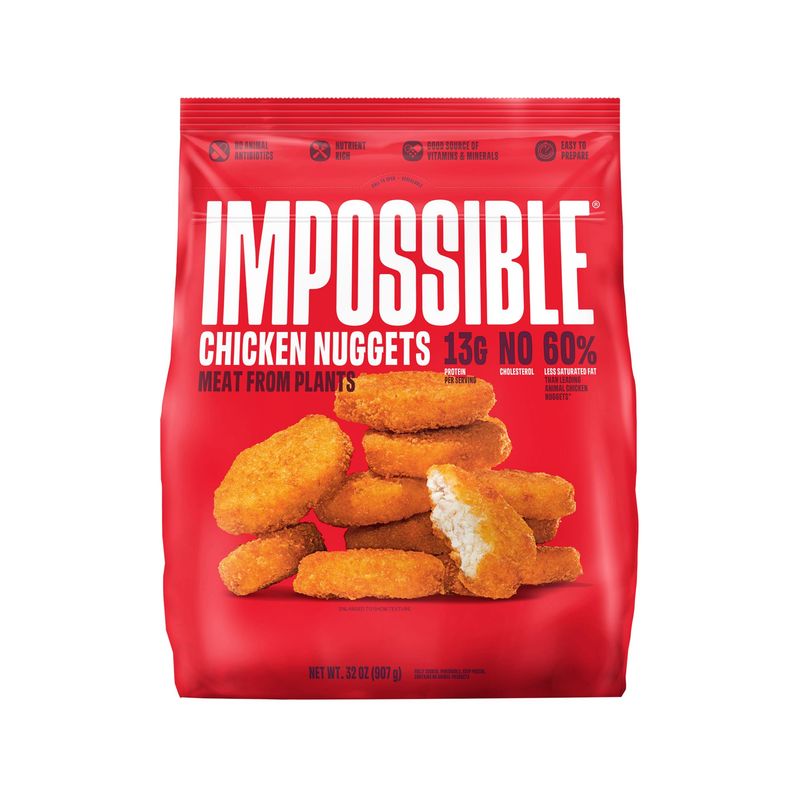
Popular meat alternatives often contain more plastic particles than you’d expect. Processing facilities use plastic equipment that can shed tiny fragments during manufacturing of these trendy protein substitutes.
Studies show plant-based products sometimes contain higher microplastic levels than traditional meat. The complex processing required to create meat-like textures increases contamination risks significantly.
Choose minimally processed plant proteins like beans, lentils, or tofu instead. These whole foods undergo less industrial processing, reducing your exposure to unwanted plastic particles while providing excellent nutrition.
3. Apples
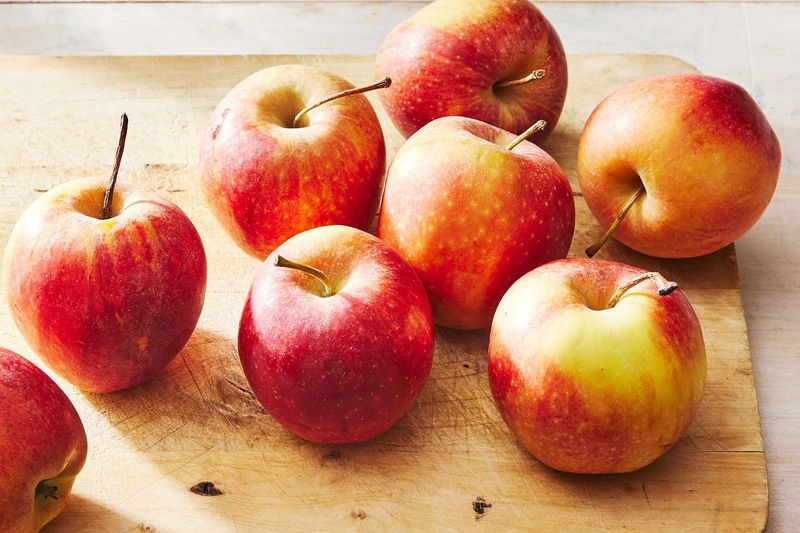
Even nature’s candy isn’t immune to plastic pollution. Apples can absorb microplastics through their roots from contaminated soil, or particles can stick to their waxy skin surface.
Agricultural practices and environmental pollution contribute to this contamination. Pesticide applications and plastic mulch used in orchards increase the likelihood of plastic particle exposure.
Thoroughly washing and peeling apples reduces microplastic intake significantly. Choosing organic apples from farms using sustainable practices also helps minimize your exposure to these unwanted particles while enjoying this nutritious fruit.
4. Seafood
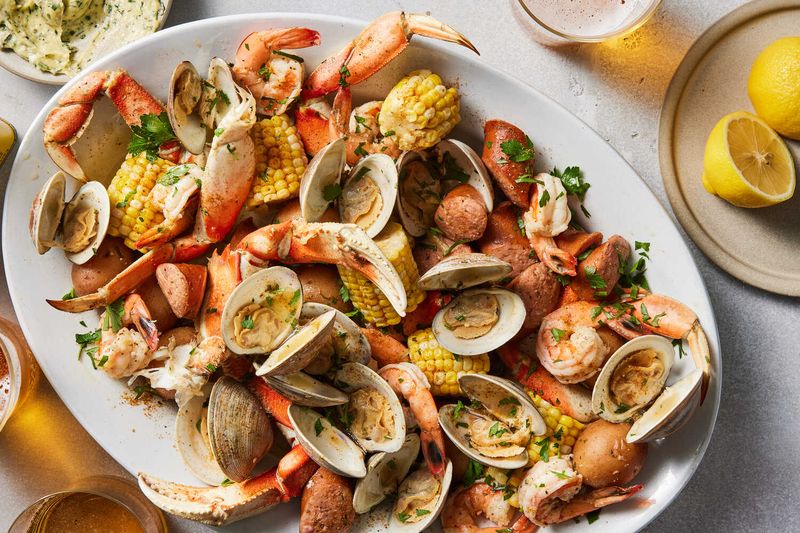
Ocean creatures can’t escape the plastic pollution surrounding them daily. Fish, shellfish, and other marine animals consume microplastics floating in seawater, which then accumulate in their tissues.
Shellfish like mussels and oysters show particularly high contamination levels since they filter water for food. Larger fish may contain fewer particles per serving than smaller species.
Smaller fish from less polluted waters typically contain fewer microplastics. Remove fish skin and avoid eating whole small fish to reduce your plastic particle consumption while still enjoying healthy omega-3 fatty acids.
5. Himalayan Pink Salt
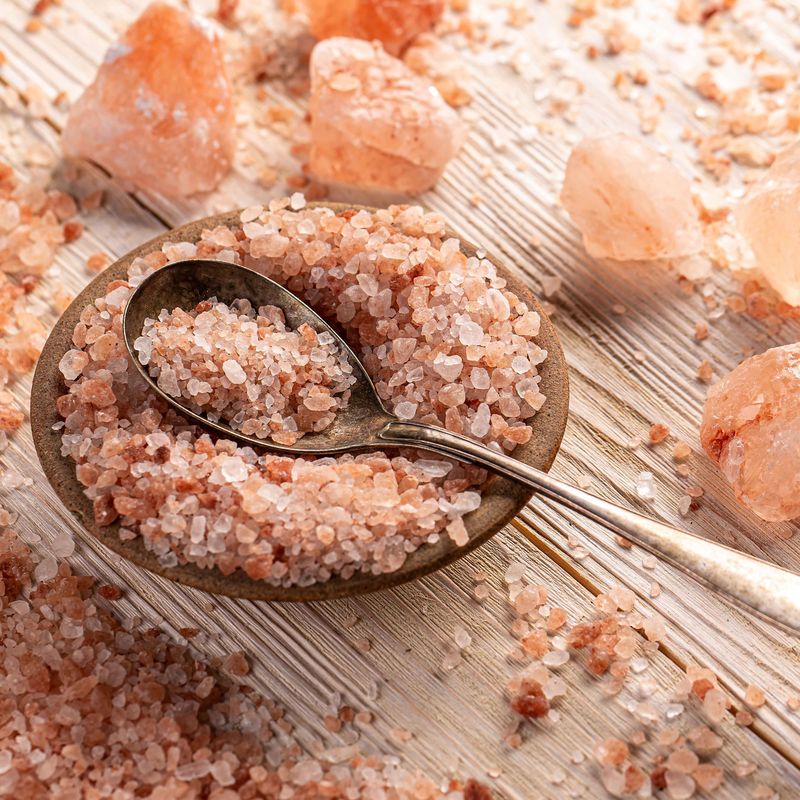
This trendy salt’s exotic origins don’t protect it from plastic contamination. Despite coming from ancient mountain deposits, Himalayan pink salt often contains microplastic particles from modern environmental pollution.
Processing and packaging methods introduce plastic fragments into the final product. Even naturally mined salt can pick up contamination during transportation and handling processes.
Sea salts generally contain more microplastics than mined varieties, but no salt type is completely plastic-free. Using salt sparingly and choosing reputable brands with minimal processing helps reduce your overall microplastic exposure from this common seasoning.
6. Breaded Shrimp
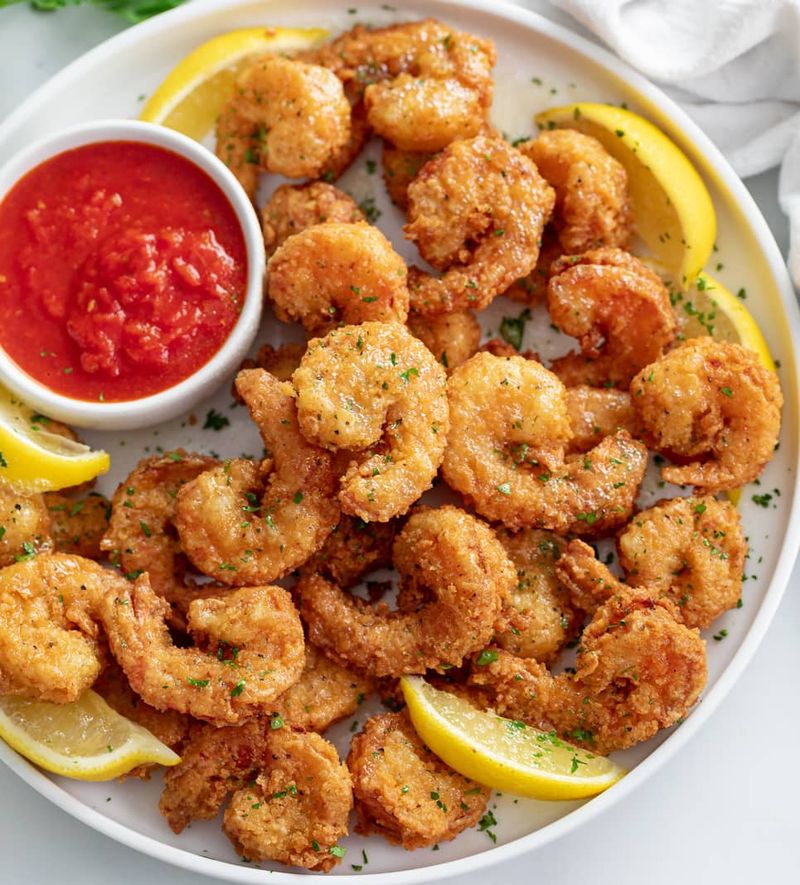
Convenience meets contamination in this popular frozen food. Breaded shrimp combines two sources of microplastics: the shellfish naturally contains ocean plastic, while processing adds more particles.
Industrial breading processes use equipment that can shed plastic fragments. Frozen storage in plastic packaging may introduce additional contamination over time through contact.
Fresh, unprocessed shrimp from trusted sources contains fewer plastic particles. Prepare your own breading at home using fresh ingredients to control contamination while enjoying this protein-rich seafood safely and deliciously.
7. Carrots
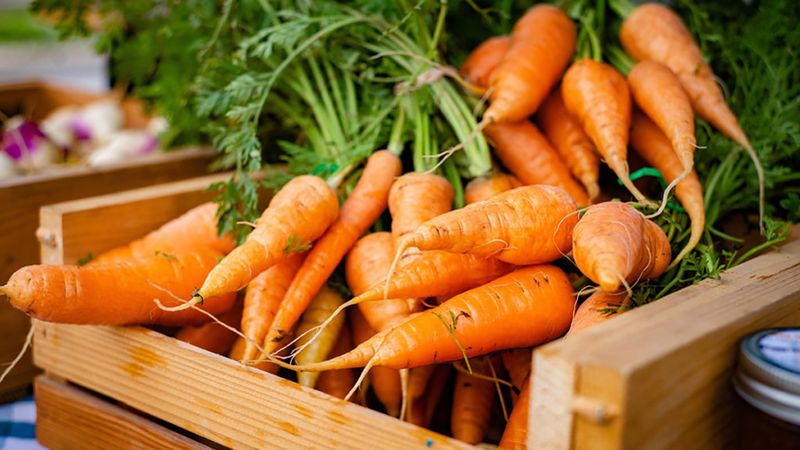
Root vegetables like carrots can absorb microplastics directly from contaminated soil through their extensive root systems. Agricultural plastic mulch and irrigation systems contribute to soil contamination.
Plastic particles in fertilizers and compost also increase carrot contamination levels. Even organic farming can’t completely eliminate exposure to environmental plastic pollution.
Peeling carrots removes surface contamination and some absorbed particles near the skin. Choosing locally grown carrots from farms using sustainable practices helps minimize microplastic exposure while providing essential vitamins and fiber for your diet.
8. Rice
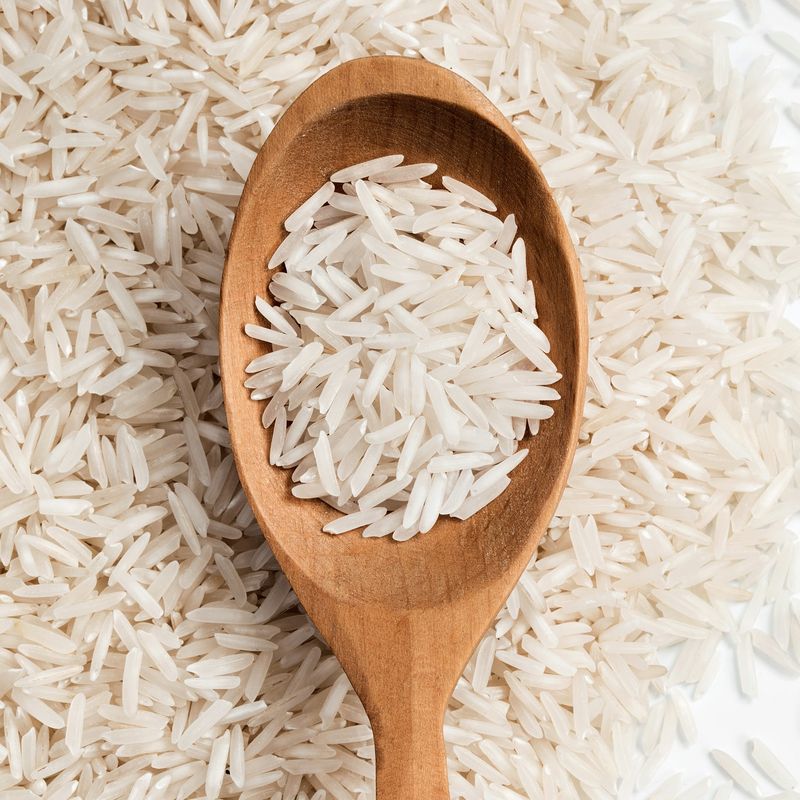
This global staple food shows concerning levels of plastic contamination worldwide. Rice plants absorb microplastics from irrigation water and contaminated soil during their growing season.
Processing and packaging methods add more plastic particles to the final product. Plastic storage containers and transport bags can introduce additional contamination during distribution.
Rinsing rice thoroughly before cooking removes some surface particles. Choosing rice from regions with stricter environmental controls and buying from bulk bins instead of plastic packages helps reduce your microplastic intake from this dietary staple.
9. Processed Dairy
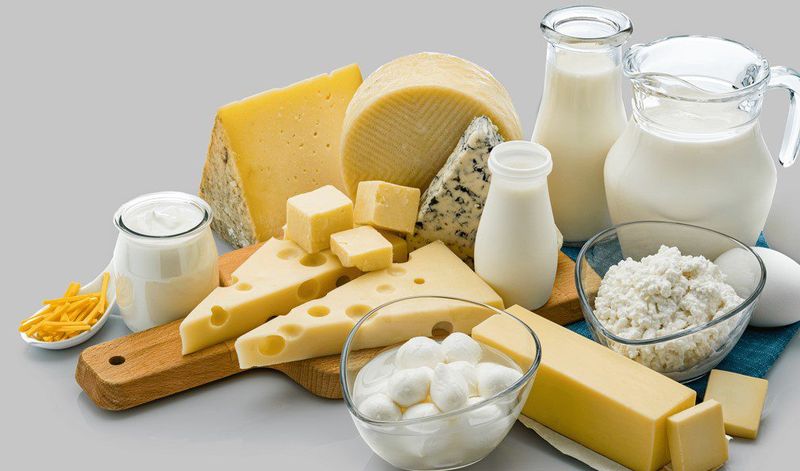
Milk products undergo extensive processing that introduces plastic contamination at multiple stages. Plastic tubing, storage tanks, and packaging materials all contribute to microplastic presence in dairy foods.
Cheese and yogurt manufacturing involves additional processing steps that increase contamination opportunities. Ultra-pasteurized products show higher plastic particle levels than minimally processed alternatives.
Fresh, locally sourced dairy from small farms typically contains fewer microplastics. Glass-bottled milk and dairy products in paper packaging help reduce plastic exposure while providing essential calcium and protein for healthy bones and muscles.
10. Bottled Water
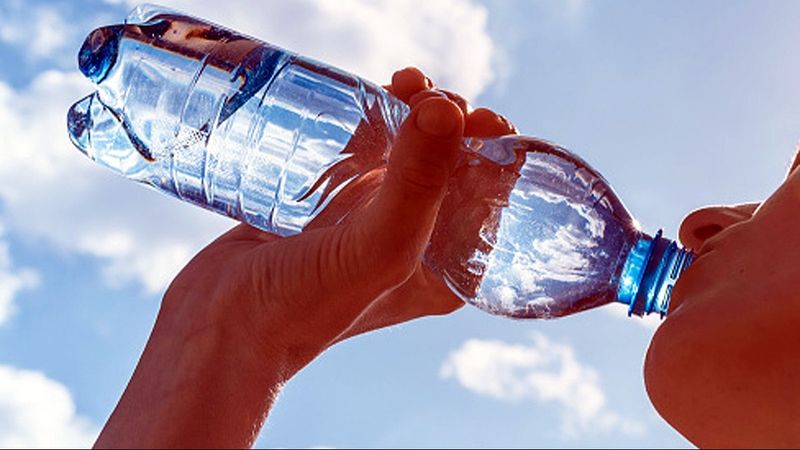
Ironically, water sold as pure contains more microplastics than many tap water sources. Plastic bottles shed particles directly into the water, especially when exposed to heat or sunlight.
Manufacturing processes and storage conditions increase contamination levels significantly. Single-use plastic bottles show higher particle counts than reusable containers made from other materials.
Filtered tap water in glass or stainless steel containers provides cleaner hydration. Installing a quality home water filter eliminates both microplastics and other contaminants while reducing plastic waste and saving money long-term.
11. Pureed Food Pouches
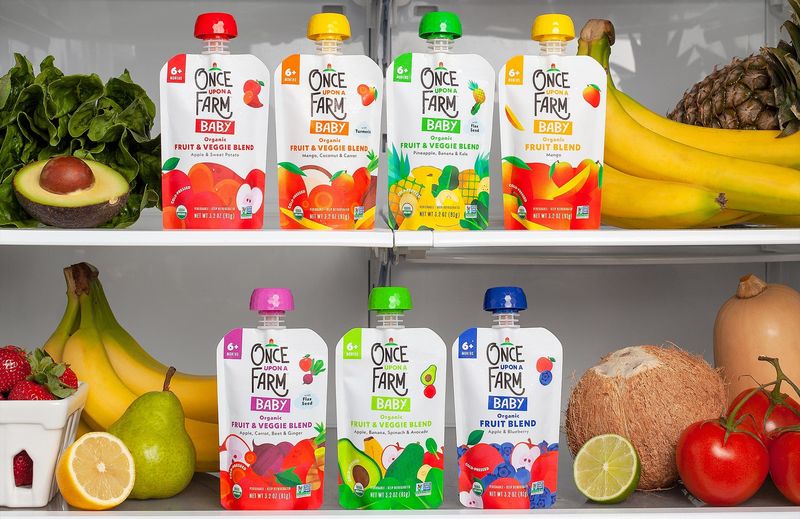
Convenient squeeze pouches for babies and toddlers contain surprisingly high microplastic levels. The flexible plastic packaging directly contacts food contents, allowing particle migration into purees.
Processing equipment used to create smooth textures can introduce additional plastic fragments. Heat treatment and storage in plastic containers further increase contamination risks.
Glass jars or homemade purees offer safer alternatives for young children. Fresh fruits and vegetables blended at home eliminate packaging contamination while providing better nutrition and flavor for developing taste buds and growing bodies.
12. Sugar
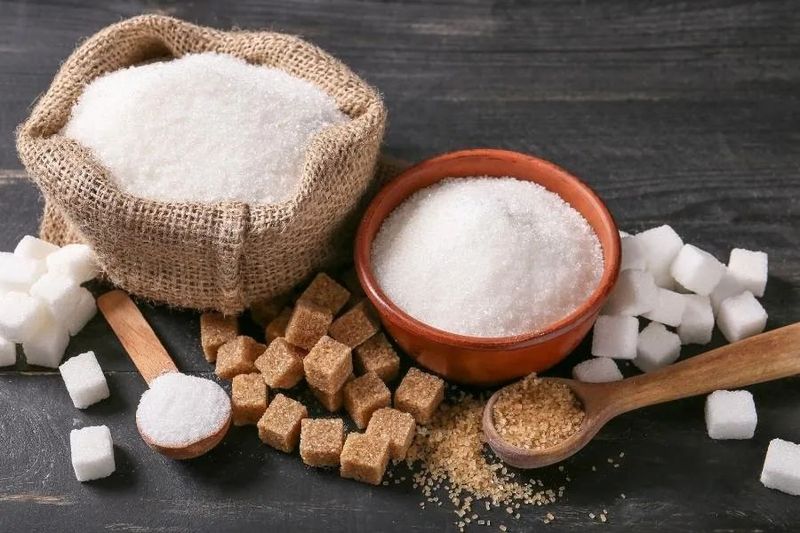
Sweet treats come with bitter plastic contamination. Sugar processing involves plastic equipment and storage containers that shed microparticles into the final product during manufacturing.
Refining processes use plastic filtration systems that can introduce contamination. Packaging in plastic bags and containers adds more particles through direct contact over time.
Organic sugar from sustainable sources typically contains fewer microplastics. Buying sugar in paper packaging or glass containers helps minimize plastic exposure while satisfying your sweet tooth safely and responsibly for better health outcomes.
Leave a comment